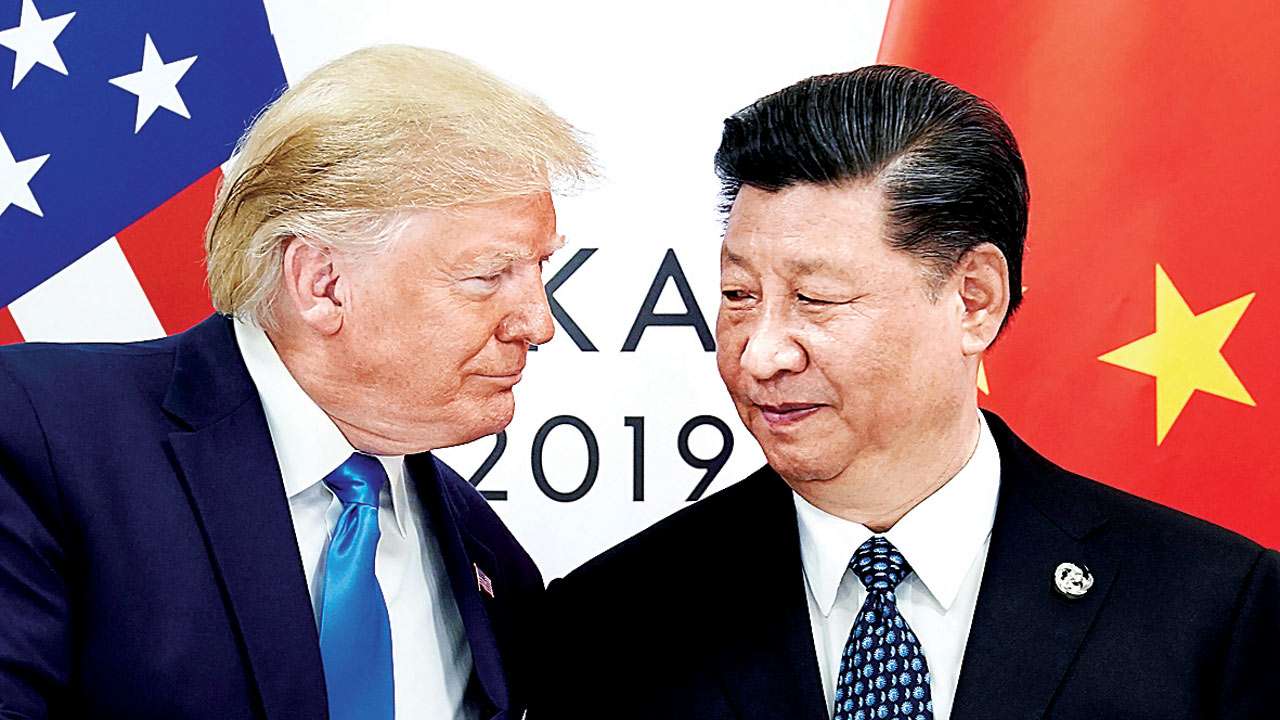
The US-China trade truce, even if temporary, comes as a whiff of relief for countries like India, which have been caught in a crossfire that is not of their making. With Washington’s promise to put on hold any new tariffs on exports from Beijing, New Delhi would certainly be breathing easier, with the stock market likely to react favourably when it opens for business on Monday.
The prospects of the world’s two largest economies exchanging trade blows had raised prospects of a sharp slowdown in global growth. The truce should be regarded as positive, because over and above, stability becomes critical for trade. That stability is guaranteed, despite the many problems that exist between the US and India.
Clearly, there are two aspects to this equation. If the hostility had persisted, India could have benefited due to the deflection of some trade because of the tensions. But as experts have been at pains to emphasise, India has several red lines as the US has raised issues on data localization and IPR. Conversely, the US has promised to work with India to resolve outstanding issues, with Trump vowing to unveil a ‘very big trade deal’ with India. While there has been no Budget rally so far, the possibility of that beginning now is pretty distinct.
Essentially, a trade war between the two sides would have affected the basic principles of economics — demand and supply. The shortage of supply of a good — either finished or raw material — would certainly have increased the final consumption price for the consumer. T
he consumer, without doubt, would also have had to pay the burden of increased tax from the duties. The value of the rupee, which had already slumped to an all-time low last year, would have gone down further. On many occasions, it had hovered around the mid-sixties to a dollar, a period that coincided with Donald Trump’s threat of imposing a fresh round of tariffs on exports worth $200 billion. This trend can be traced to the weakening of the US dollar, which automatically creates a negative impact on the trade deficit of India, causing a chain reaction of sorts.
Amid concerns over the standoff, key indices in the Indian share market had dropped due to the cautious approach of investors. During this period, last year, the BSE Sensex saw regular plunges, as did NSE Nifty’s performance.
With the US imposing duties on steel and aluminium, India now has to pay approximately $241 million worth of tax to the US. India, on the other hand, as a counter-measure had proposed imposing duties on 30 different types of goods. This would have ensured that the US pay about $238 million as duties to India.
However, at the end of the day, it would have made life difficult for end consumers as everything that falls under the tariff scanner, would have gone up manifold. As far as the manufacturing industry is concerned, again, the additional duty imposed would certainly have pushed up the cost of production because of the rise in the price of raw materials. It is good for India if the two economic behemoths stick to talks rather than confrontation.